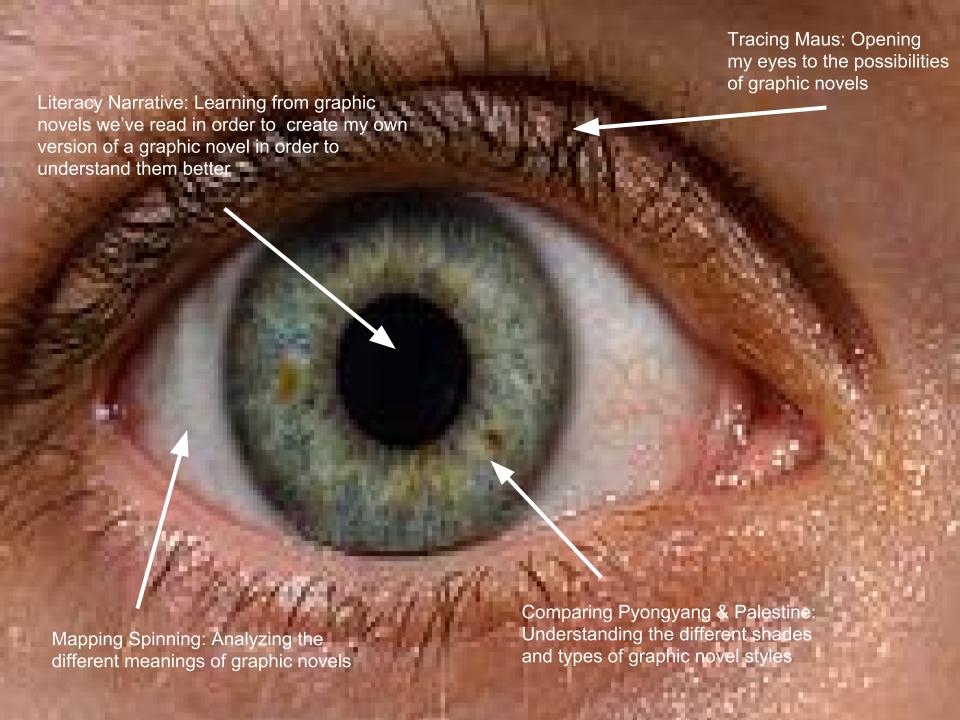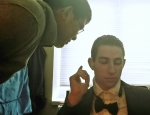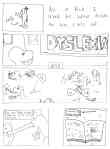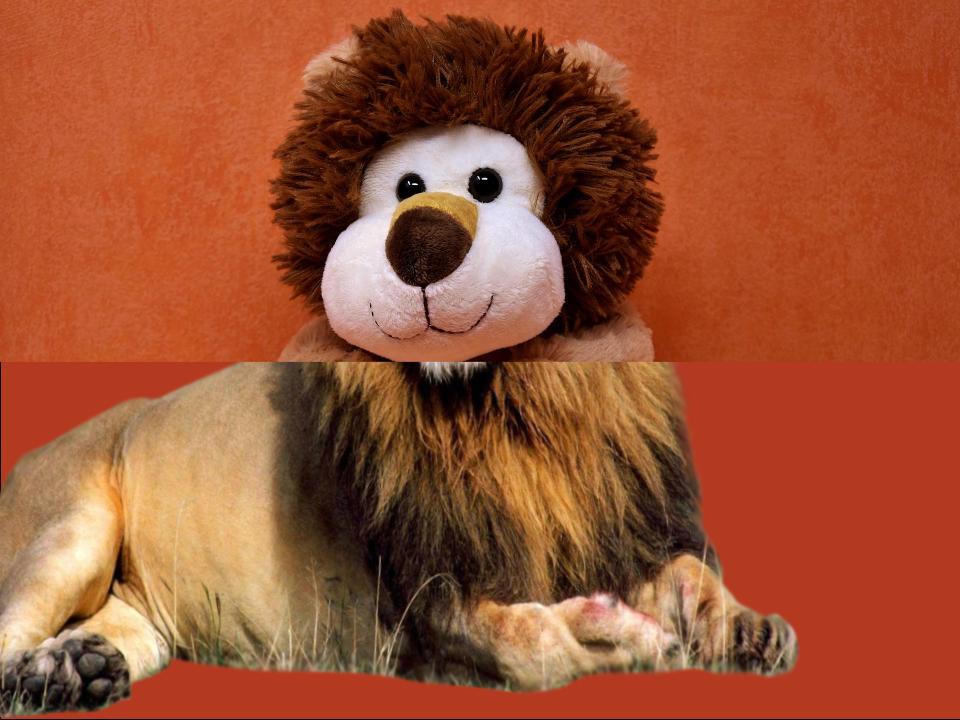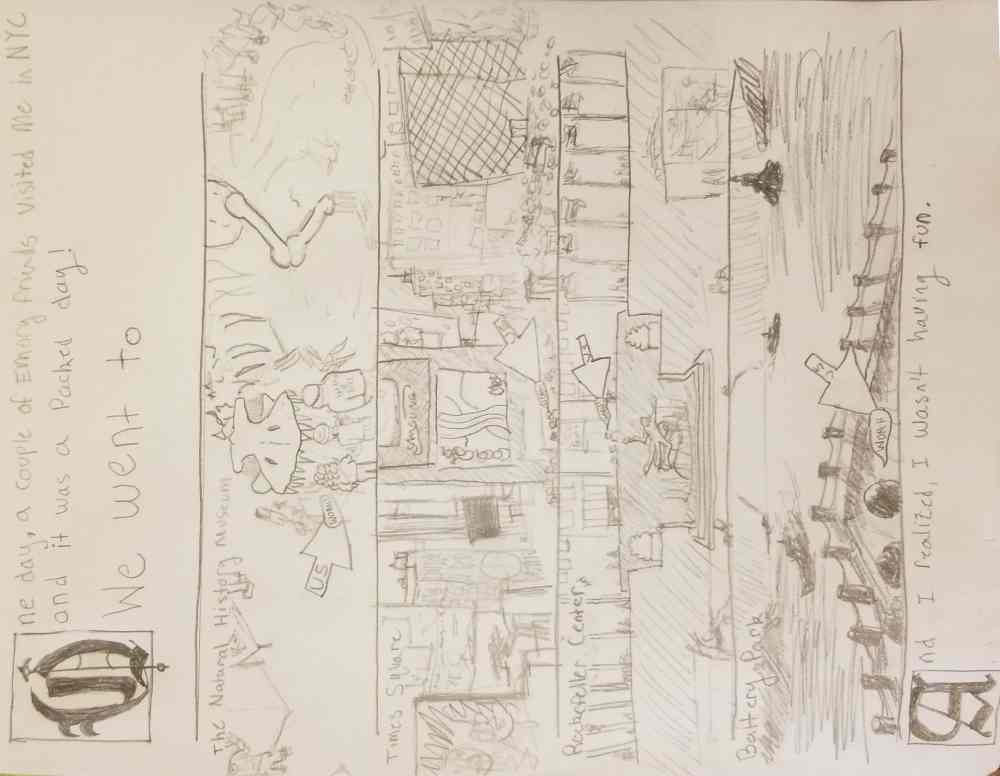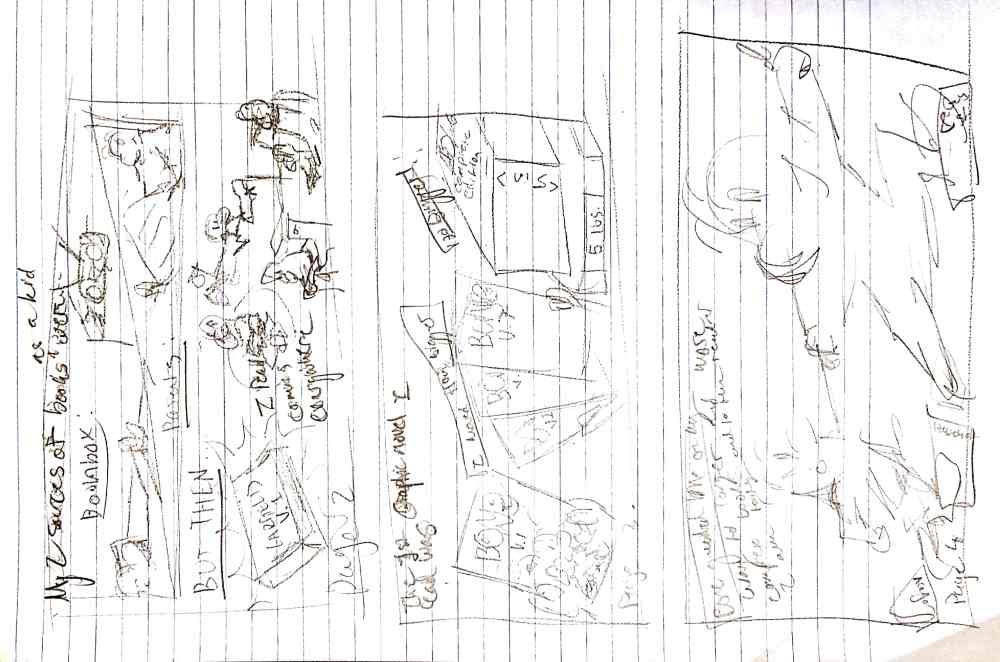Sketch 11: Assembly
For my 11th sketch, I decided to frame all the assignments we did this year as components of an eye. Over the course of this semester, I learned a lot about the possibilities and the depth of graphic novels. I thought a good way to show what I learned would be through a literal eye. I broke down the 4 major assignments we did this year to show how they helped me learn about graphic novels:
Tracing Maus: After reading our first graphic novel, Maus, I was shocked. I didn’t know that graphic novels could be so serious, deep and dense. By tracing it, I analyzed the pages closely and it helped “open my eyes” to the diversity and potential of graphic novels, just like an eye-lid open the eye to the world.
Comparing Palestine and Pyongyang: After Maus we read two graphic novels which, although they shared a similar style, they approached and used the medium in very different ways. By comparing and contrasting the two, I saw how flexible and customizable the genre is, similar to how the iris filters light and allows different colors and shades to be seen.
Literacy narrative: After reading and studying a few graphic novels, we wrote and illustrated our own mini-novels and I was able to understand the struggle in writing, planning and creating a graphic novel. This is similar to the pupil/the back of the eye, where light is processed and turned into something comprehensible.
Mapping Spinning: The last graphic novel we read was Spinning, which we analyzed for some non-obvious pattern. It was an exercise in seeking underlying messages and themes of graphic novels to understand the depth they can have. It was a fascinating process where we looked past the surface for patterns. (Not really sure what the white part of the eyeball does but it felt fitting to put the mapping Spinning assignment there…)
